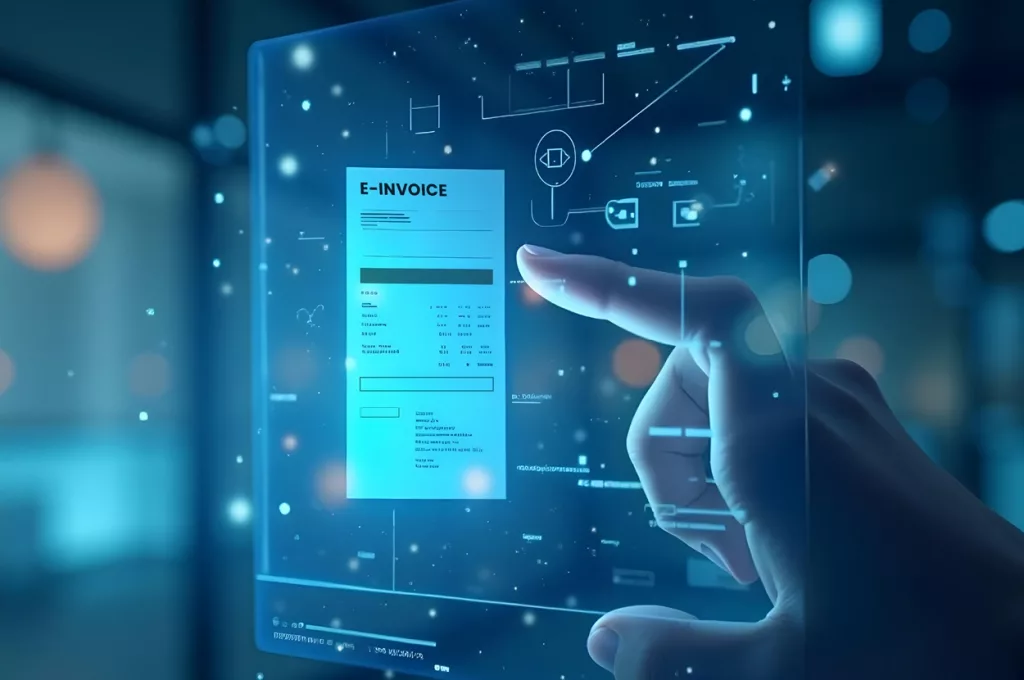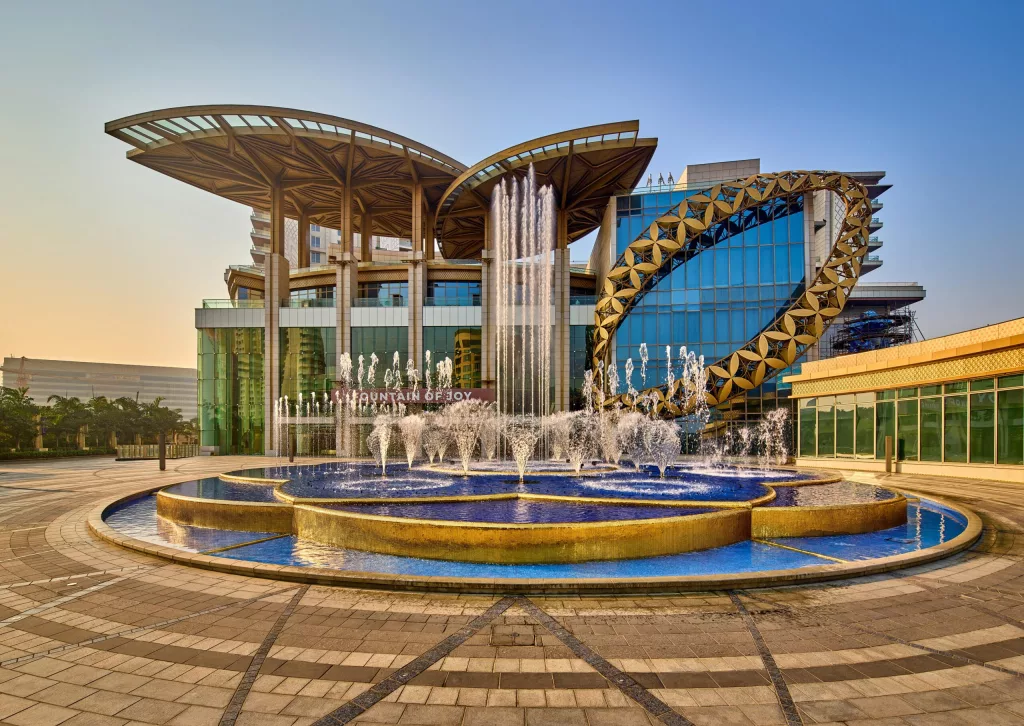Did you know?
Legacy systems are slowing operations; an assessment identifies the right upgrade path
Legacy ERP systems are outdated and need a shift to microservices architecture
Overprovisioned on-premise data centers are transitioned to a hybrid cloud model
Siloed databases need unification to enable real-time business insights
Continuous monitoring and periodic upgrades ensure peak performance
Flexible Modernization : Start Where You Need Us Most
Technical Due Diligence is a critical process that evaluates an organization’s IT landscape, digital maturity, and operational readiness. It provides a detailed understanding of existing systems, potential risks, and a roadmap for achieving scalability, efficiency, and innovation.
Different States of Modernization
Find Your Starting Point
1Pre-Modernization Assessment
Gain clarity with a comprehensive evaluation of your IT ecosystem, identifying gaps and opportunities.
2Application Modernization
Transform applications through architecture refresh, technology upgrades, and UX enhancements.
3Infrastructure Modernization
Enable scalability and efficiency with optimized IT infrastructure, cloud adoption, and advanced DevOps.
4Data Modernization
Migrate and refine data for advanced analytics and better decision-making.
5Process Optimization
Streamline business and IT workflows for efficiency and scalability.
6 Security and Compliance Modernization
Ensure robust protection and regulatory compliance across systems.
7 Advanced Modernization & Optimization
Harness advanced tech like AI, BI, and IoT to redefine operational excellence.
8Post-Modernization Continuous Improvement, Optimization & Support
Post-Modernization Continuous Improvement, Optimization & Support Maintain and optimize systems to adapt to changing business demands.
Facts: The Hidden Cost of Legacy Systems
83% of organizations have experienced a legacy system failure in the last two years, leading to an average loss of $1.25 million per incident. (Source: Deloitte, 2024)
Your Questions Answered
Application Modernization ensures that outdated software aligns with current business needs by refreshing architecture, adopting newer technologies, and enhancing user experience (UX). It also includes improving project management and testing practices, leading to better performance and agility.
Infrastructure Modernization optimizes IT infrastructure, adopting cloud solutions, DevOps, and DevSecOps practices. This approach enhances scalability, reliability, and efficiency, enabling businesses to stay competitive and support digital transformation goals.
The Pre-Modernization Assessment evaluates an organization’s IT ecosystem, including applications, infrastructure, DevOps practices, security, compliance, and testing methods. It helps identify outdated systems, inefficiencies, and areas for improvement, forming the foundation for a modernization strategy.
Data Modernization upgrades data storage, processing, and analytics systems. It ensures seamless access to data, fosters actionable insights, and enhances decision-making while supporting emerging technologies like AI and machine learning.
Process Optimization streamlines workflows by identifying bottlenecks and inefficiencies. It aligns processes with best practices and technology solutions, resulting in cost savings, enhanced productivity, and improved collaboration across teams.
This stage involves updating security frameworks and compliance practices to address evolving threats and regulatory requirements. It ensures robust data protection, risk mitigation, and adherence to industry standards, safeguarding business operations.
Advanced Modernization focuses on implementing cutting-edge technologies such as business intelligence (BI) and artificial intelligence (AI). These enhancements optimize processes, uncover deeper insights, and create new opportunities for innovation.
Post-Modernization ensures sustained success by maintaining and evolving IT systems. Continuous monitoring, proactive management, and ongoing support align systems with business goals and adapt to technological advancements.
Access Resources

Top 5 things to consider Tech Due Diligence in your…
Explore the essential factors to consider in tech due diligence for a successful digital transformation journey.

A Leading Insurance Firm Reduced 30% of its Manual Efforts…
Check how Cygnet Digital helped a leading South African insurance firm reduce 30% of its manual efforts with automation and…

How Cloud Data Platforms Are Transforming Analytics Solutions
Transform analytics with Cygnet’s cloud data platform. Leverage AI, real-time insights, and robust governance to modernize data management and drive…









